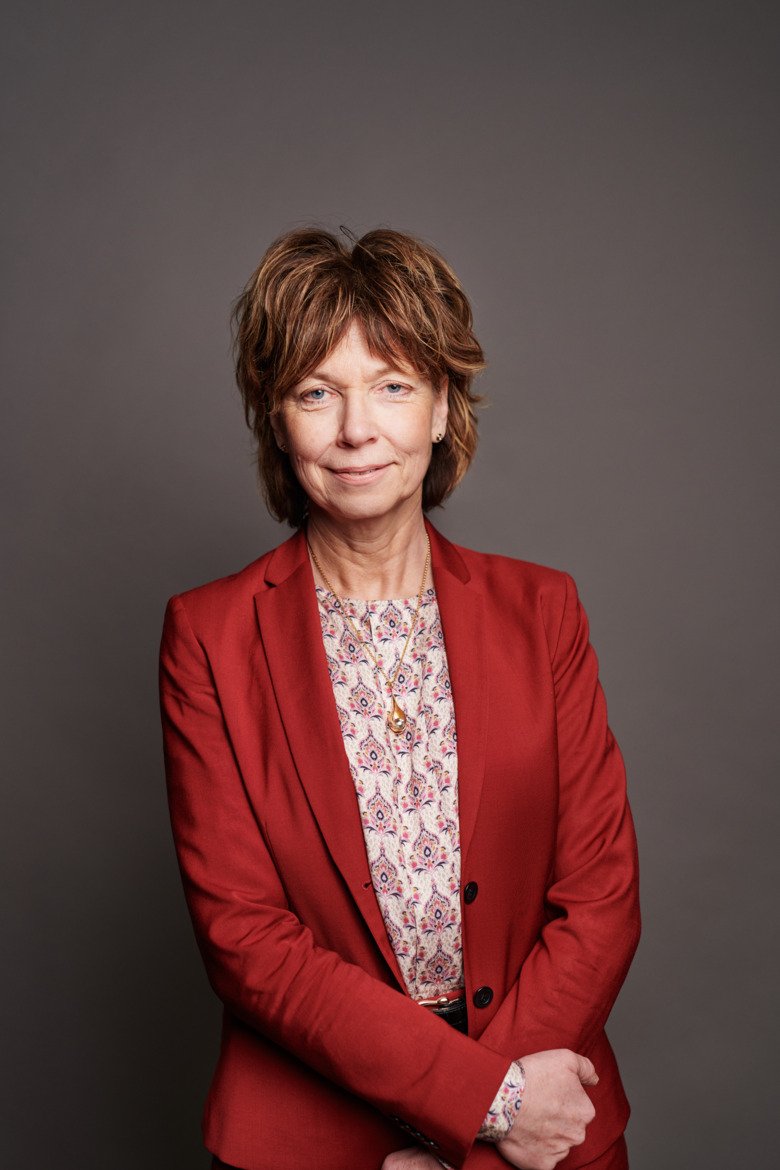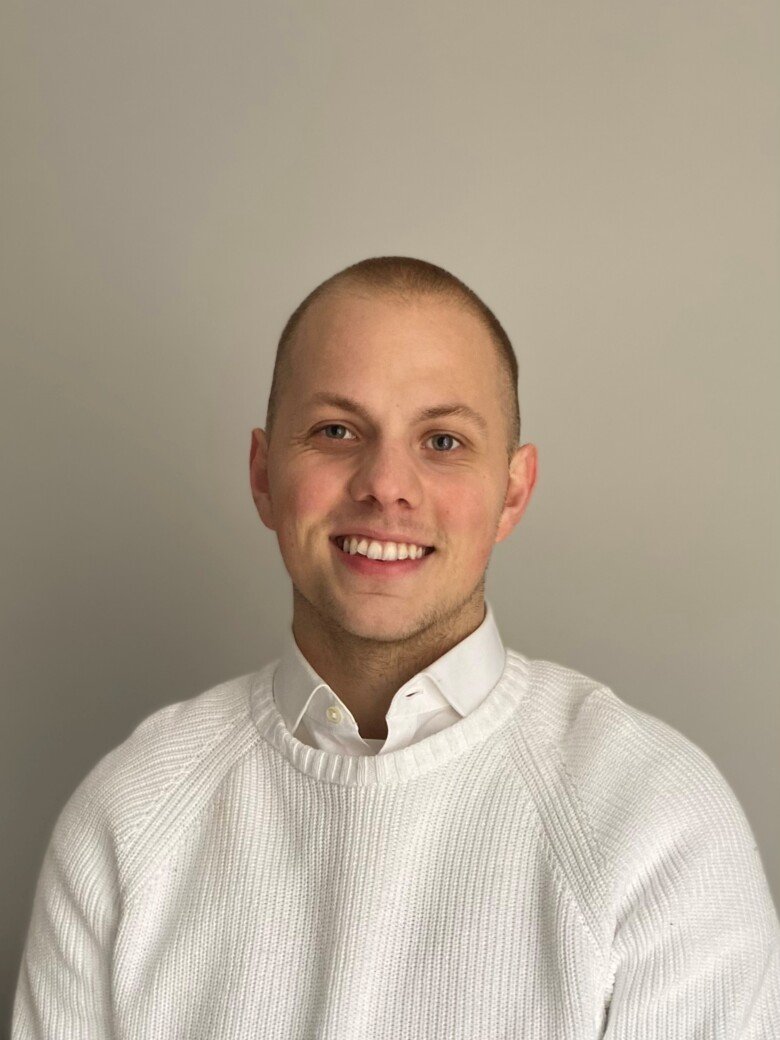Virtual teaching bringing an extra boost to education

The pandemic has meant that courses and programmes have only had a short time to transition to distance teaching – something which has required major involvement from teachers, students and educational administrators. At the same time, these experiences have propelled the development of teaching methods.

Even though last spring’s changeover to distance teaching was revolutionary, it was also a step in the right direction. These are the thoughts of Annika Östman Wernerson, Vice President of Higher Education at Karolinska Institutet. The digitalisation of KI's education has been ongoing for several years, but it has been a slow process.
“I must emphasise what a fantastic job both teachers and students have done after having been forced to adapt from one dau to another. At the same time, it has been a major push as everyone has been forced to learn how to use new tools and teaching formats,” says Annika Östman Wernerson.
“There has been an increase in the use of digital tools which has changed teaching during the pandemic. However, the changes that will last and their scope are difficult to predict. One of the biggest challenges is to increase student activity in these online environments,” says Annika Östman Wernerson.
The experiences from spring 2020 have now been compiled in a report (in Swedish), which will later be expanded with information based on the experiences gained during the autumn semester. The results from the reports are important and will be used to assist the Committee for Higher Education, the Committee for Doctoral Education and the Teaching and Learning Unit when they draw up the pedagogy plan that will pave the way for future teaching and the objectives in Strategy 2030.

The report that reflects experiences from last spring has found that teachers have seen how the digital environment has impacted interaction between students and teaching staff. Jesper Ruda, chair of the Odontological Society during 2020, agrees.
“The advantage of prerecorded lectures is that they can be viewed on demand, paused and replayed. The disadvantages is that you can’t ask questions – you don’t feel you are participating in the same way,” says Jesper Ruda.
He goes on to explain how lectures broadcast live on Zoom can increase the sense of participation, but for these to be successful the lecturer needs to be able to work with the technology and adapt teaching to the situation.
According to Jesper Ruda, examinations are the most difficult to adapt to an online format. Instead, examinations are taking place on campus with students being spread out in several rooms in order to maintain social distancing.
“When e-examinations are held off campus, it can be difficult to guarantee who is actually taking the exam,” explains Annika Östman Wernerson. “One way to address this problem is by conducting random ID checks.
Another is to supplement the off-campus e-examinations with oral examinations on Zoom, but this requires a lot of additional work from teaching staff – especially for the larger courses,” she continues.
Another complex issue has been the wellbeing of students who have been isolated from each other.
“All of the classic student social activities have obviously been cancelled, meaning it has been difficult to come into contact with our students. Many are also used to studying in groups. Naturally, we are concerned about everyone’s welfare,” says Jesper Ruda – who welcomes the evaluation of distance teaching.
“This has been an incredibly challenging time for many of us. Still, we now have a chance to develop teaching for the better and increase quality. It is important that KI creates incentives and support for all teachers who wish to develop their methods,” says Annika Östman Wernerson.
Five pilot courses to develop teaching methods
With the aim of increasing the quality of KI courses and programmes, investments are being made to support skilled and motivated teaching teams with developing teaching and learning methods to activate students and with using digital tools. Five courses have been selected based on applications for this project, which will act as a “best practice” and inspire both teachers and programmes at KI.
“This project should have started earlier, but the pandemic got in the way. Now, there is the possibilities for teachers to work through specific courses with the aim of using more modern teaching methods and several digital tools,” says Annika Östman Wernerson.
The courses included in the project expected to conclude during the year are:
- Theme Examination - Physiotherapy 1
- Genetics, Genomics and Functional Genomics, Cell, Stem Cell and Developmental Biology, Frontiers in Translational Medicine.
- Advanced Course in Health and Medical Care Management
- Foundations of Occupational Therapy and Occupational Science
- Clinical Medicine – Internal Medicine
